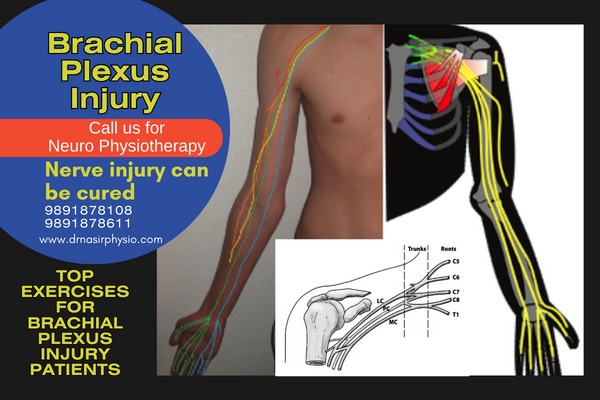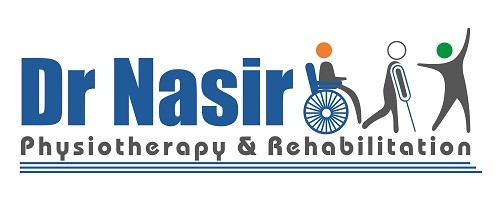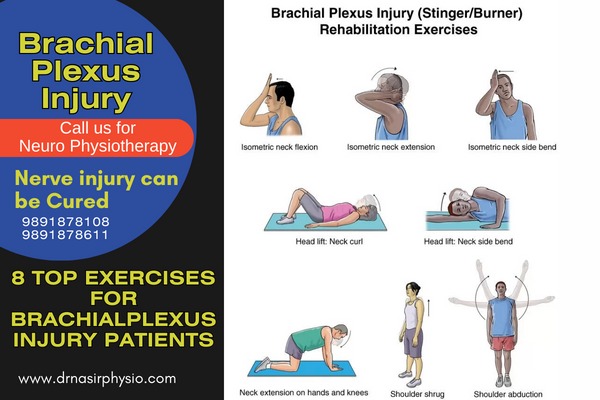
What is Brachial Plexus?
Brachial Plexus Injury? | Erb’s palsy ? Dejerine-Klumpke palsy ? |
Physiotherapy Paralysis
For treatment, Call Now 9891878611 / 9891878108
- Brachial Plexus is contributes to majority motor and sensory supply to the shoulder joint, upper trunk including the complete upper limb.
- The plexus brachialis is a somatic nerve plexus, which is formed by the intercommunication or a network of the ventral rami or the nerve roots of C5-C8 with T1.
- It provides motor innervation to all the upper limb muscles except for traps and levators.
What are the different types of Brachial Plexus injury?
The different types of brachial plexus injury are-
- Avulsion – The most severe injury in which the nerve is torn away from the point of attachment, it is commonly suggested by an eyelid droop.
- Rupture – The nerve isn’t torn from the spinal cord level.
- Neuroma– Formation of a scar tissue at the site of injury that prevents the nerve from sending signals.
- Neupraxia – In this type of injury the nerve isn’t torn but stretched or damaged.
Risk factors
The risk factors include-
- Shoulder dystocia
- Maternal diabetes
- Large gestational size
- External assistance at the time of delivery
- Prolonged labor
- Breach presentation
- Sports activities
- Trauma
- Tumor
- Inflammation
- Pressure
What are the other common injuries associated with Brachial Plexus injury?
The other common injuries are- Humours Fracture/shoulder fracture.
- Fracture associated with scapula
- Rib Fracture
- Clavicle Fracture
- Cervical fracture
- Joint dislocation
Erb’s Palsy
- Associated with C5,C6 and C7
- Presentation – straight arm with fully bent wrist.
- Instable shoulder joint
- Loss of ROM
- Also known as policeman’s tip hand or porter’s tip hand
Klumpke’s Palsy
- Associated with T1 and C8
- Paralysed muscles– Intrinsic muscles of hand and ulnar flexors
- Deformity – Claw hand
Can Brachial Plexus injury be managed through Physiotherapy?
Yes, brachial plexus can be managed through Physiotherapy, the physiotherapy management includes-
Goals-
- To improve and maintain ROM
- Muscle strengthening and improving functional activities
- Protection of denervated dermatome
- Pain Management
- Deformity prevention
DNPR has a complete team of expert neuro rehab specialists who use proper techniques such as splinting, stabilization of the joint, kinesiology taping, electrical stimulations, bio feedback, assisted and active exercises, gripping exercises to help improve the outcomes of bracial plexus injury.
An injury to the nerve root cannot be permanently managed but yes its outcomes can be, we at DNPR work on the same we provide assured guaranteed recovery from the clinical outcomes of the injury.
Leave a reply


Leave a reply